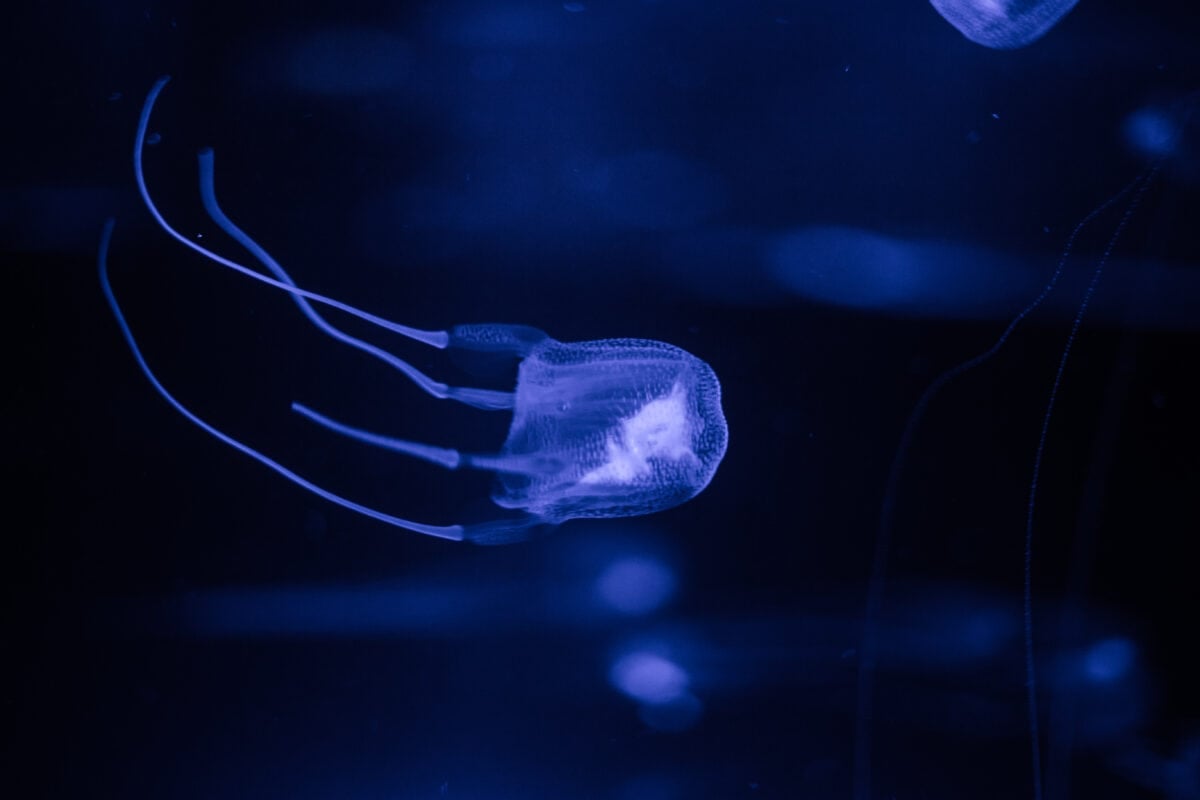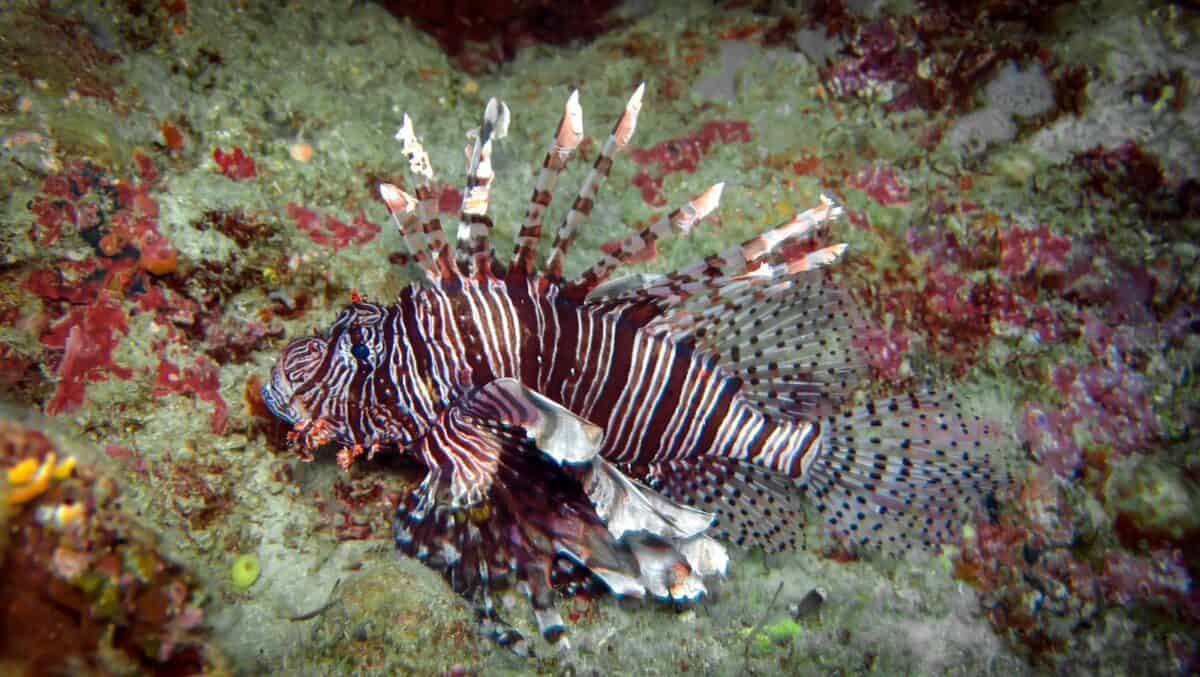The ocean, vast and mysterious, is home to an astounding diversity of life. Among its myriad residents, some wield potent venom, a remarkable evolutionary adaptation that aids in predation and defense. While these creatures might be small or inconspicuous, their effects can be powerful and, at times, life-threatening. Join us as we delve into the watery abyss to uncover the secrets of the ocean’s most venomous inhabitants.
1. Box Jellyfish

The box jellyfish, often found hovering in the warm coastal waters of the Indo-Pacific, is both beautiful and dangerous. With up to 60 tentacles extending from its bell, each adorned with thousands of venomous nematocysts, this jellyfish can deliver a sting that is both excruciating and potentially lethal. The venom contains toxins that can attack the heart, nervous system, and skin cells, making prompt medical attention not just advisable but essential.
2. Stonefish

Lurking in the rocky crevices and coral reefs, the stonefish is the ocean’s perfect ambush predator, superbly camouflaged to blend with its surroundings. Its dorsal fins conceal potent spines capable of delivering venom that can cause extreme pain, paralysis, and in rare cases, death. Swimmers and divers must be vigilant, as stepping on this inconspicuous fish can lead to serious consequences.
3. Blue-Ringed Octopus

Small but mighty, the blue-ringed octopus is easily recognizable by its vivid blue patterns. Despite its modest size, its venom packs a punch, containing tetrodotoxin—one of the deadliest neurotoxins known. This toxin can cause respiratory failure and paralysis within minutes, and there is currently no known antivenom. Fortunately, these creatures are non-aggressive and typically only bite when provoked.
4. Irukandji Jellyfish

Often described as one of the ocean’s most insidious threats, the Irukandji jellyfish is diminutive in size yet delivers a sting that leads to Irukandji syndrome. Symptoms include severe pain, nausea, and even feelings of impending doom. Due to its transparent, small size, it often goes unnoticed until it’s too late, underscoring the importance of caution in waters where it resides.
5. Sea Snakes

Sea snakes belong to the elapid family, which includes some of the world’s most venomous snakes. Adapted perfectly to life in the ocean, these snakes boast potent venom that can cause muscle damage, paralysis, and respiratory difficulties. Fortunately, they are generally not aggressive towards humans, and bites are rare.
6. Cone Snails

Cone snails are found primarily in warm, tropical waters, where they use a harpoon-like tooth to deliver venom to unsuspecting prey. While their shells are a collector’s delight, handling live specimens can be perilous. The venom is a complex cocktail capable of causing pain, paralysis, and in extreme cases, death.
7. Portuguese Man o’ War

The Portuguese man o’ war is not a single creature but a colonial organism made up of specialized polyps. Its trailing tentacles contain venomous nematocysts that can cause intense pain and welts on human skin. Though rarely fatal, stings from these creatures can lead to painful and uncomfortable reactions, especially to those who are sensitive.
8. Lionfish

Though admired for their striking appearance, lionfish are formidable predators with venomous spines. As an invasive species in the Atlantic, they pose a threat to local ecosystems. Their venom can cause extreme pain, swelling, and even systemic effects, requiring careful handling by those who encounter them.
9. Scorpionfish

Related to stonefish, scorpionfish hide in reefs, blending perfectly with their environment. Their venomous spines can inflict painful wounds to careless swimmers. The venom can cause pain and swelling, with more serious systemic effects in some cases. Proper care when exploring reefs can prevent such injuries.
10. Fire Coral

Often mistaken for true coral, fire coral is a hydrozoan, more closely related to jellyfish. Contact with its surface can lead to stings that result in a burning sensation and skin irritation. While not deadly, the discomfort can be considerable, reminding us of the need for caution when navigating coral-rich areas.
In conclusion, the ocean’s depths conceal a multitude of venomous creatures, each a marvel of evolutionary ingenuity. While they pose genuine risks, respect, and understanding of their nature can prevent most dangers. Recognizing and appreciating these species’ roles within their ecosystems is essential, reminding us of the delicate balance inherent in our planet’s vast and interconnected marine habitats.
- 10 Most Venomous Creatures Hiding in the Ocean - August 10, 2025
- 12 Ways Cats Show Love That You May Not Recognize - August 10, 2025
- The Deepest-Dwelling Sea Creatures Ever Discovered - August 9, 2025

